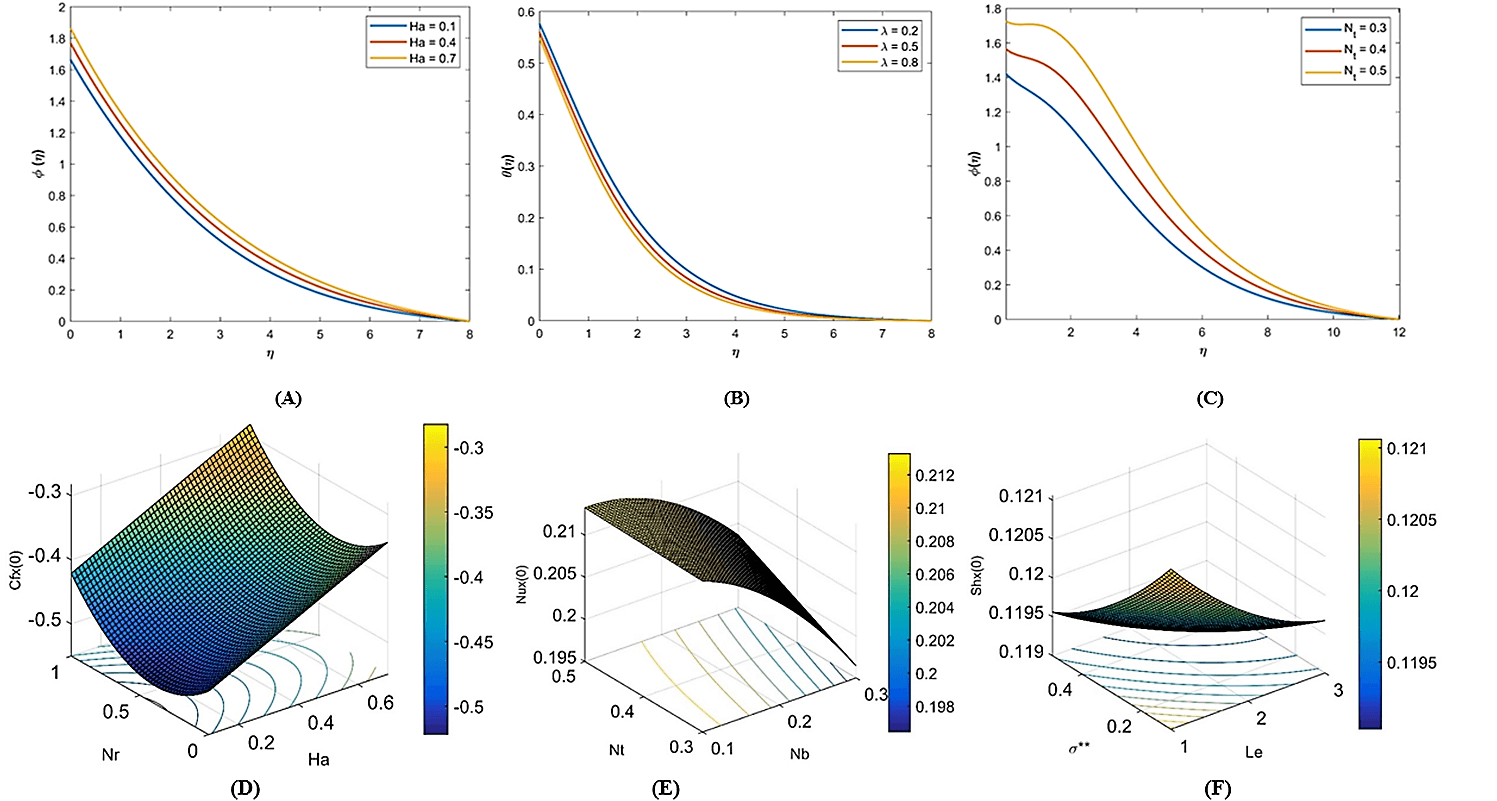 Open Access
Open Access
ARTICLE
Jawad Raza1, F. Mebarek-Oudina2,*, Haider Ali1, I. E. Sarris3
1 Department of Mathematics, COMSATS University Islamabad, Vehari Campus, Vehari, 61100, Pakistan
2 Department of Physics, Faculty of Sciences, University of 20 Août 1955-Skikda, Skikda, 21000, Algeria
3 Department of Mechanical Engineering, University of West Attica, 12244 Athens, Greece
* Corresponding Author: F. Mebarek-Oudina. Email: ,
(This article belongs to the Special Issue: Advances in Computational Thermo-Fluids and Nanofluids)
Frontiers in Heat and Mass Transfer https://doi.org/10.32604/fhmt.2024.052749
Received 13 April 2024; Accepted 18 June 2024; Published online 18 July 2024

View
Download
Like
PREDICTION MODEL OF LIQUID HOLDUP BASED ON SOA-BPNN ALGORITHM
Qi Zhuang , Dong Liu, Bo Liu,...PREDICTING THE WAX DEPOSITION RATE BASED ON EXTREME LEARNING MACHINE
Qi Zhuang , Zhuo Chen, Dong Liu,...